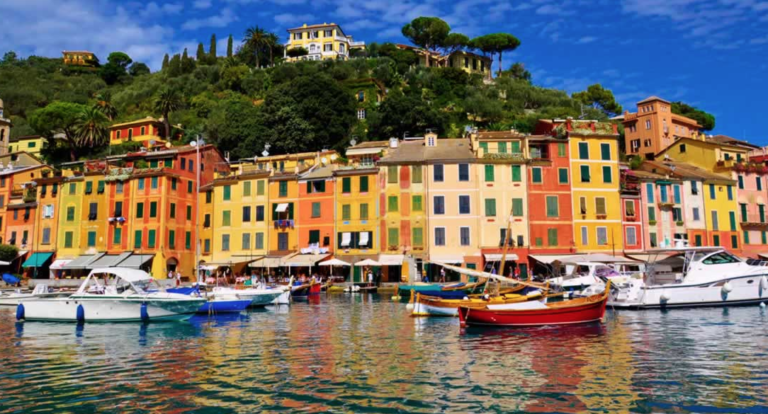Palermo for Nature Lovers
When we think of Palermo, we rightly think of the legendary cathedrals, decadent gastronomy, and warm Mediterranean weather. But, despite being a bustling city, Palermo has more to offer than ancient architecture and sunny beaches. It’s also a fantastic destination for exploring nature, fantastic hikes, and indigenous flora and fauna you won’t find anywhere else.
Here are some places to visit to see the fantastic natural beauty of Palermo:
Orto Botanico di Palermo. Within the city of Palermo hides this extraordinary 30-acre botanical garden, research facility, and educational institute. The origins of this garden go back more than 200 years, when it was begun to study the medicinal benefits of plants and herbs. Today, it teems with greenhouses, classical gardens, and aquatic features, with plants organized by ecologic zones, plant classifications, and even a genetic bank of local flora, and features more than 12,000 species of plants. The soothing atmosphere, low entrance fee, and variety of settings and environments makes the Palermo Botanical Garden a beautiful natural oasis in the city.
Riserva Naturale Orientata – Capo Rama. Just minutes outside of the city lies the spectacular Capo Rama Nature Reserve. Italians have recognized and protected the scenic beauty of this spot since the 1930’s, gradually expanding the reserve over the years to more than 160 acres of natural environment. The expanse of the reserve covers the natural ecosystems of the brush and coastal vegetation, up to rocky cliffs overlooking the ocean. Within the preserve lies one of only 15 remaining specimens of the once-flourishing Kermes Oak, and it also holds now-rare Sicilian natives like the dwarf palm, the wild olive, and the mastic tree. It’s also a protected spot for dozens of species of local and migratory birds, as well as wild foxes, rabbits, and other local fauna. At the end of the reserve is the ancient watchtower that has become symbolic of Capo Rama. Covered with well-marked trails, Capo Rama gives insight into the ancient past of Sicily, in a breathtaking natural setting.
Scuba diving. There’s no more fascinating way to explore the crystal-clear Mediterranean waters than from beneath them. Palermo has a number of diving schools and scuba instructors, and it’s popular to combine a beautiful boat excursion with diving off of the nearby Isola delle Femmine. Isola delle Femminine hosts two nature reserves, and the surrounding waters are home to Roman and Greek archaeological finds, as well as teeming with local aquatic species in stunning turquoise waters. If scuba diving is a bit too adventurous, visitors can rent glass-bottomed boats to view the beauty of the marine reserve from above.
Riserva Naturale Orientata – Grotte Molara. The island of Sicily is home to numerous caves with important historic and geologic significance. These caves are unique ecosystems unto themselves, and many are home to important fossil discoveries or host rare species of local bats. Some of the most important of these caves can be found at the Grotte Molara nature preserve just outside of Palermo. Within Grotte Molara are three different caves of paleontological and ethnological significance, as well as plants and animals uniquely adapted to the cave environment.
For the visitor who wants to get outdoors, Palermo also has popular bike, mountain bike, and hiking trails to see more of the natural world in Sicily.
Of course, Palermo is full of gorgeous palazzos, cathedrals, and historic sites. It’s also got sunny beaches, delicious food, and thriving nightlife. But Palermo also boasts a rich natural world, with many opportunities to explore the environment and experience flora and fauna unique to the island. For travelers looking for an experience that transcends human history, visit the breathtaking natural environment of Palermo.



